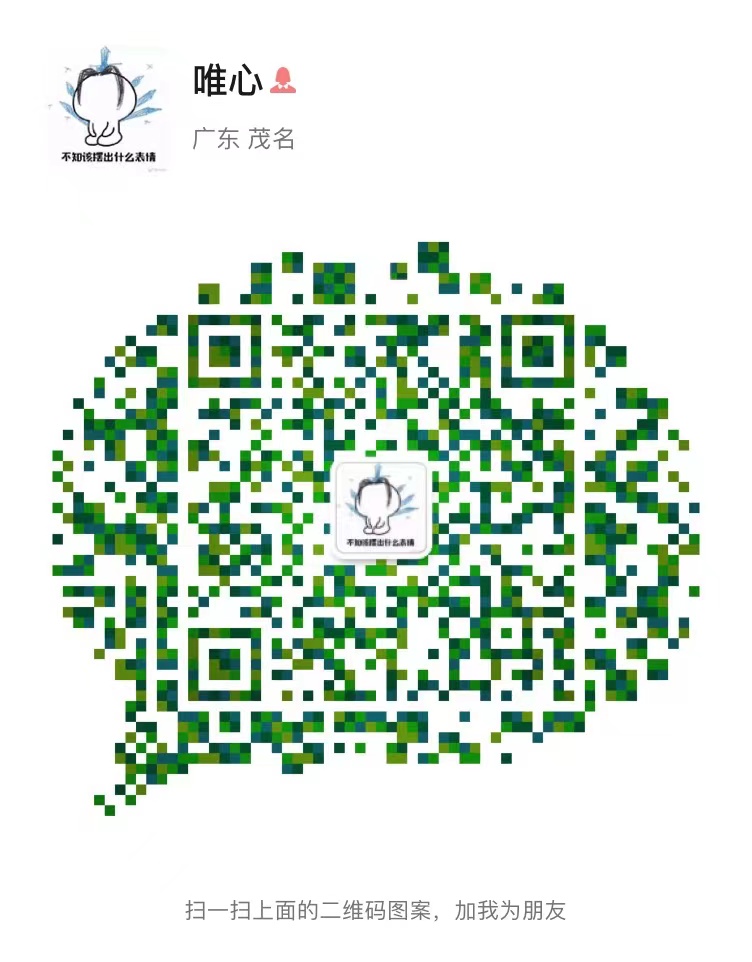- online service
- 8618617066102
- Shirleyxie@uniquefinger.com
-
We chat

Biometric authentication methods have gained significant popularity due to their ability to provide enhanced security and convenience. Among the various biometric technologies available, face recognition and fingerprint identification are widely used for identity verification and access control purposes. This article aims to compare these two methods and shed light on their similarities, differences, and applications.
Face recognition technology utilizes facial features and patterns to identify individuals. The process involves capturing an image or video of a person's face and extracting unique facial characteristics, such as the distance between the eyes, shape of the nose, and the position of facial landmarks. Advanced algorithms analyze these features and compare them against a database of known faces to determine a match. Face recognition systems often employ techniques like deep learning and machine learning to improve accuracy and performance.
Face recognition offers several advantages, including non-intrusiveness, as it does not require physical contact, and the ability to identify individuals in real-time from a distance. However, it may face challenges in low-light conditions, pose variations, and changes in appearance due to factors like aging or facial hair.
Fingerprint identification is one of the oldest and most widely used biometric techniques. It relies on the unique patterns and ridges present on an individual's fingertips. The process involves capturing an image or a digital representation of the fingerprint, known as a fingerprint template. This template is then compared against a database of stored fingerprints to determine a match.
Fingerprint identification offers high accuracy and reliability due to the uniqueness and permanence of fingerprints. It is also resistant to environmental factors such as lighting conditions. However, it requires physical contact with a Fingerprint Sensor, which may not be suitable for certain scenarios.
Both face recognition and fingerprint identification methods provide reliable authentication. However, fingerprint identification generally offers higher accuracy due to the uniqueness and stability of fingerprints. Facial recognition can be affected by variations in lighting, pose, or facial expressions, which may lead to false positives or negatives.
For accurate Fingerprint modules, please inquiry our experts: shirleyxie@uniquefinger.com
Face recognition offers a more convenient and user-friendly experience as it does not require physical contact. Users can be identified simply by looking at a camera, making it suitable for scenarios like unlocking smartphones or accessing secure areas. Fingerprint identification, although reliable, may require users to place their finger on a sensor, which can be less convenient in certain situations.
Both methods have their security and privacy considerations. Face recognition systems may face challenges in distinguishing between identical twins or using a photograph or a mask to deceive the system. On the other hand, fingerprint identification can be susceptible to spoofing techniques using artificial fingerprints or latent prints left on surfaces.
Face recognition is commonly used in various applications, including law enforcement, surveillance, access control, and user authentication. It can also be utilized for emotion detection or age estimation in certain contexts. Fingerprint identification finds extensive use in forensic investigations, border control, financial transactions, and employee attendance systems.
The cost and scalability of biometric systems depend on various factors, including hardware requirements, database management, and integration with existing systems. Generally, face recognition systems require cameras or sensors capable of capturing high-quality images, while fingerprint identification systems require reliable fingerprint scanners. Costs may vary based on the specific requirements of the application and the number of users.
Face recognition and fingerprint identification are two prominent biometric authentication methods that offer reliable and secure identity verification. Both methods have their strengths and limitations, and the choice between them depends on the specific requirements of the application. Organizations and individuals should consider factors such as accuracy, ease of use, security, privacy, and cost when selecting the appropriate biometric solution.
Can face recognition systems be fooled by wearing makeup or glasses?Face recognition systems are designed to handle variations in appearance, including the use of makeup or glasses. However, extreme changes in appearance or obstructions that significantly alter facial features may impact recognition accuracy.
Can fingerprints be altered or damaged, affecting their usability for identification?Fingerprints are generally stable and remain unchanged over time. However, certain factors such as severe burns or injuries to the fingers may impact fingerprint patterns. In such cases, alternative biometric methods may be considered.
Find live detection fingerprint modules to avoid the fraulient fingerprint.
Are face recognition and fingerprint identification methods interoperable?In most cases, face recognition and fingerprint identification are implemented as separate systems. However, efforts are being made to develop multimodal biometric systems that combine multiple methods for enhanced accuracy and reliability.
Are there any legal or ethical concerns associated with the use of biometric data?The use of biometric data raises important legal and ethical considerations. Organizations must comply with relevant data protection and privacy regulations and ensure appropriate security measures to safeguard biometric information.
Can biometric data be hacked or stolen?Biometric data is typically stored in encrypted formats to protect it from unauthorized access. However, like any other digital data, there is always a risk of potential breaches. Organizations must implement robust security measures to mitigate these risks and protect biometric data.
Contact: Shirley Xie
Phone: +86-18617066102
E-mail: Shirleyxie@uniquefinger.com
Whatsapp:8618617066102
Add: Shenzhen Software Park, Gaoxin South 7th Road, Nanshan District, Shenzhen, China
We chat
